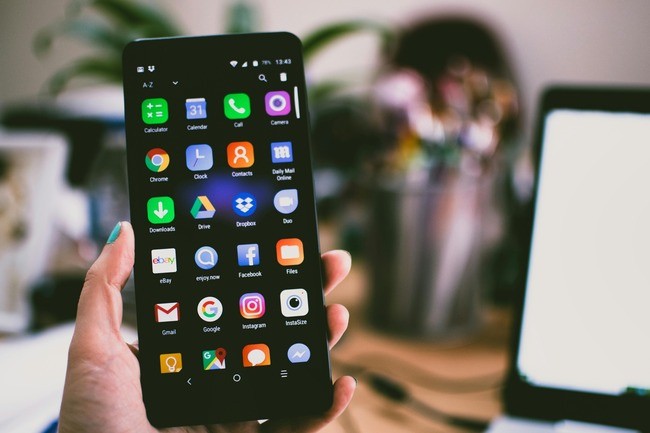
Smartphones play critical roles in the digital era due to their multiple roles, such as mobile personal assistants, entertainment centers, and communication devices. Yet, the restriction on hard disk space is growing gradually with the increasing demand for expensive Android smartphones. You must arrange your storage space even when it comes to an outdated phone you purchased, regardless of price.
Here are a few quick and uncomplicated ways to organize and restore the storage you want on your Android phone.
Clearing App Cache
Android apps often use cached data to provide a smoother user experience. While this data can save time and mobile data, it's not always essential. To reclaim space by clearing the app cache:
- Navigate to Settings > Applications > Application Manager.
- Choose the app you want to modify.
- Access Storage and tap Clear Cache to eliminate unnecessary cached files.
- For a broader cache cleanup affecting multiple apps, go to Settings > Storage and tap Cached data to clear caches across your phone.
Deleting Unnecessary Downloads
Your Android phone maintains a downloads folder where photos, videos, documents, and files accumulate. These files might not be crucial, so consider deleting them to free up space:
- Locate your downloads folder, often named "My Files," in the app drawer.
- Long-press on a file, select the trash can icon, and confirm the deletion.
- This straightforward step can help you quickly get rid of no longer needed files.
Leveraging Google Photos
Google Photos offers an excellent solution for managing your photo library and freeing up local storage space. Follow these steps:
- Open the Google Photos app on your Android device.
- Go to Settings > Back up & sync and enable the feature.
- Once your photos are backed up, you can safely delete them from your device by going to Settings > Free up device storage in Google Photos.
Moving Apps to microSD Card
If your Android device supports expandable storage via a microSD card, consider moving apps to the card to free up internal space:
- Navigate to Settings > Applications > Application Manager.
- Choose the app and tap Move to SD card (or a similar option).
- Note that not all apps can be moved, and the extent of data moved varies based on the app.
App De-cluttering
An efficient way to regain storage space is by identifying and removing unused apps. Follow these steps:
- Open Settings > Storage > Apps on your Android phone.
- View the list of apps sorted by size, with the largest ones at the top.
- Tap on an app, select the "i" icon, and choose Uninstall to remove unnecessary apps.
- This process ensures you retain only the apps you use, optimizing storage
Smart Storage and File Cleanup
Android provides built-in tools for cleaning up unnecessary files and optimizing storage:
- Go to Settings > Storage on your Android device.
- Tap Free up space to receive suggestions for removing junk files, large photos, unused apps, and more.
- Consider enabling Smart Storage in the Google Files app settings. This feature automatically removes backed-up photos and videos after 60 days or when storage is limited, providing an automated way to manage your device's storage.
Check App Usage
Regularly reviewing and uninstalling infrequently used apps is a proactive approach to storage management:
- Open the Play Store app and select your icon.
- Choose Manage apps & device > Manage > Installed.
- Sort apps by Least used to identify those you seldom use.
Through these functional tricks, you can manage space for storage in your Android phone, ultimately allowing the phone to function efficiently and enough space for downloads and new experiences. Consistent maintenance of your smartphone is the one that sustains cleanliness and the readiness to face anything technology throws at us.
Related Article: Optimize IPhone Storage Without Deleting Photos: Try This Method
© Copyright 2025 Mobile & Apps, All rights reserved. Do not reproduce without permission.

















